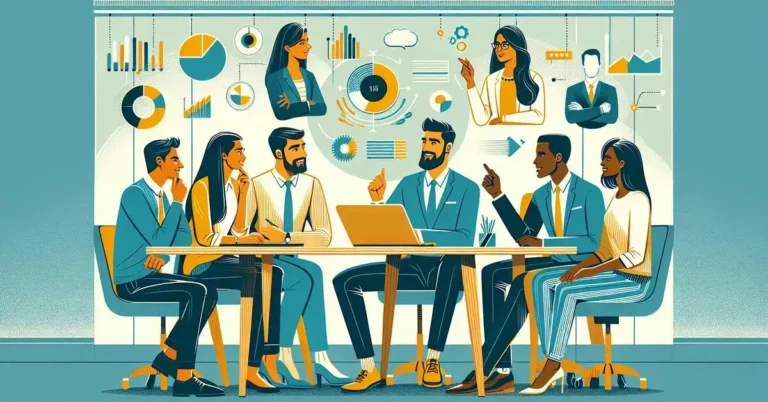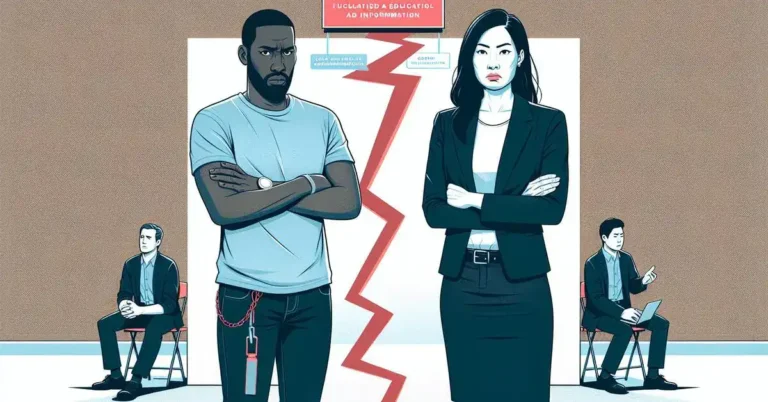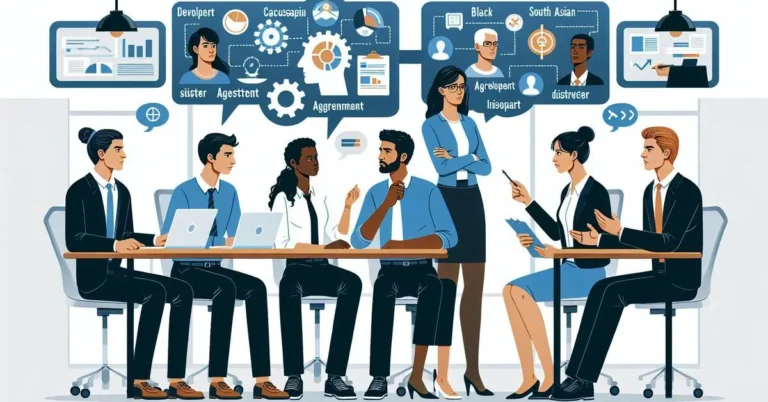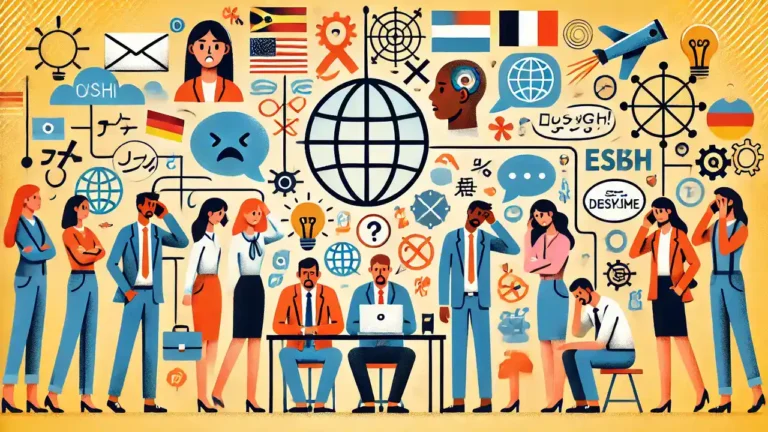Behavioral Barriers to Communication
Behavioral barriers to communication include personal actions, habits, and attitudes that block clear dialogue. These obstacles can range from unconscious biases to reluctance to participate, and even to unspoken social norms. Unlike technical or language barriers, behavioral barriers come from within—shaped by our upbringing, workplace culture, and day-to-day environment.
Stereotyping, personal biases, and groupthink often show up in meetings or group chats. Someone may hesitate to share feedback out of fear of judgment. Others might dominate the conversation, making quieter voices feel invisible. Each of these actions prevents messages from landing as intended, affecting everything from decision-making to morale.
Why Behavioral Barriers Matter
The ripple effect of behavioral barriers to communication is enormous. When left unchecked, these barriers erode psychological safety, limit participation, and create a culture of mistrust. According to Harvard Business Review, psychological safety is the belief that you can speak up without risking humiliation. When teams lack it, innovation and productivity suffer.
Common Types of Behavioral Barriers to Communication

Stereotyping, Bias, and Groupthink
Assumptions about others, whether based on role, background, or experience, create invisible walls. Stereotyping and groupthink prevent new ideas from surfacing and can silence dissenting voices. People sometimes conform to the group even if they disagree, just to avoid standing out. This can result in poor decision-making and missed opportunities.
Pro Tip: Practice self-reflection and encourage a workplace culture where challenging ideas respectfully is welcomed.
Lack of Empathy and Psychological Safety
Empathy is the foundation of effective communication. When team members can’t put themselves in someone else’s shoes, misunderstandings multiply. Creating psychological safety helps break down these barriers by making it safe for everyone to ask questions, share concerns, and admit mistakes.
Amy Edmondson, a pioneer in this field, found that teams with high psychological safety outperform those without it (MIT Sloan Management Review). Listening, validating feelings, and showing genuine interest foster stronger relationships and better outcomes.
Capability Barriers
Sometimes, people lack the skills, training, or confidence to communicate clearly. These capability barriers can come from limited experience, low self-esteem, or lack of practice with new tools or channels. Capability also includes emotional self-awareness and the ability to manage stress during high-stakes conversations.
Action Step: Offer regular training in communication skills, mindfulness, and conflict resolution. Encourage self-reflection and provide mentorship opportunities.
Motivation and Opportunity Barriers
Motivation barriers arise when someone lacks the drive or sees little value in sharing their thoughts. Fear of criticism, previous negative experiences, or uncertainty about the outcome can keep people silent.
Opportunity barriers are external factors—like lack of time, noisy environments, or limited access to technology—that prevent open conversation. When resources are scarce or systems are inflexible, even the most motivated team members struggle to participate.
Solution: Build feedback loops. Give everyone time and space to contribute, use surveys, and check in regularly to spot unspoken obstacles.
Social Norms and Peer Influence
Group norms and peer pressure shape how people behave in conversations. Some cultures or companies expect conformity and discourage dissent. Others reward assertiveness but may intimidate quieter team members. Social norms can either support open dialogue or reinforce silence.
Quick Tip: Clarify team expectations and celebrate diverse perspectives. Model openness as a leader or manager.
Cognitive Biases
Cognitive biases such as confirmation bias, anchoring, and status quo bias color how we interpret messages and react to feedback. These mental shortcuts may cause us to dismiss ideas too quickly or ignore information that doesn’t fit our current beliefs.
How to Improve: Train teams to recognize common biases and challenge assumptions with curiosity and data.
Environmental and Systemic Barriers
Physical environment, time constraints, and access to resources all influence communication. Crowded meeting rooms, loud offices, or constant digital interruptions can make it hard to focus. When people don’t have private or quiet spaces, participation drops.
Actionable Steps: Create environments that support conversation, such as breakout rooms, virtual “coffee chats,” and technology that works for all.
Channel Choice: Digital vs. Face-to-Face
Some behavioral barriers to communication get worse in digital settings. Emails and instant messages strip away tone and body language, increasing the chance of misinterpretation. In-person meetings can feel intimidating for those uncomfortable with public speaking.
Choosing the right channel—video calls, chat apps, in-person meetings, or anonymous feedback—helps reduce anxiety and supports inclusion. Encourage teams to use the platform that fits the message and audience.
Feedback Loops and Self-Reflection
Effective communication is a two-way street. Feedback—both giving and receiving—is critical for overcoming behavioral barriers. Open-ended questions, regular check-ins, and anonymous surveys provide safe ways to surface concerns.
Self-reflection and mindfulness help individuals notice their own biases, habits, and emotional triggers. Journaling, peer coaching, or just pausing before responding can build awareness and prevent reactive, unhelpful responses.
The Power of Storytelling
Storytelling can cut through resistance, bias, and disengagement. Stories connect people, build empathy, and make information memorable. Whether sharing a personal lesson or a team success, stories create common ground and help align groups around shared values.
Business leaders and educators use stories to make abstract concepts concrete and to humanize change. According to Behavioral Scientist, storytelling is a proven tool for shaping behavior and culture.
Strategies to Overcome Behavioral Barriers to Communication
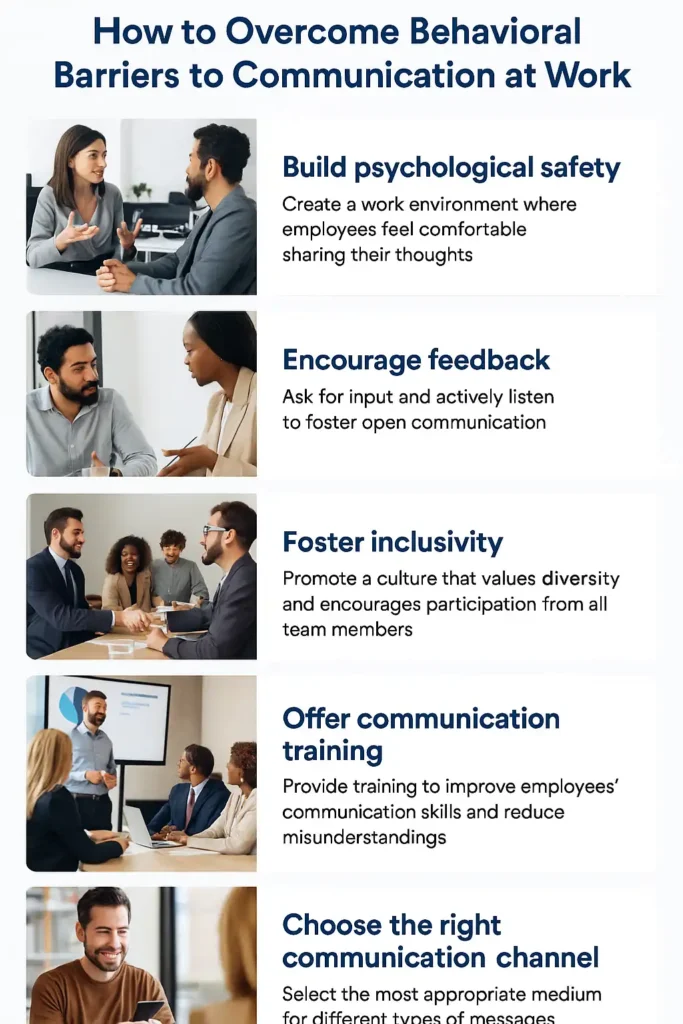
- Build psychological safety: Foster trust, celebrate mistakes as learning opportunities, and ensure everyone is heard.
- Train in communication and feedback: Regular workshops on listening, bias recognition, and nonviolent communication.
- Support inclusive practices: Use accessible language, translate when needed, and respect cultural differences.
- Balance participation: Facilitate meetings so that all voices are welcomed, not just the loudest.
- Promote feedback loops: Encourage questions and constructive criticism.
- Select the right channel: Match your message to the platform, considering both complexity and sensitivity.
- Model self-reflection and mindfulness: Lead with humility and show your willingness to learn and grow.
- Measure progress: Use surveys, 360-degree feedback, or communication audits to track improvement.
Real-World Example
Imagine a cross-functional team tasked with launching a new product. Early meetings are dominated by senior staff, while junior members hold back due to fear of criticism. Misunderstandings multiply, and deadlines slip. The team leader decides to introduce round-robin check-ins, anonymous feedback forms, and regular sessions on bias awareness. Over time, quieter voices speak up, new ideas flow, and team morale improves. The product launches successfully, with everyone feeling ownership and pride.
Conclusion
Behavioral barriers to communication are everywhere, from boardrooms to classrooms. They block progress, lower morale, and make even the best ideas hard to share. The good news? With intentional habits, the right tools, and a culture of psychological safety, these barriers can be broken down. Focus on feedback, self-awareness, and empathy in every interaction. Track your progress, stay curious, and keep adapting. When you make overcoming behavioral barriers to communication a shared goal, you create a foundation for stronger relationships and better results—for your team, your company, and yourself.


